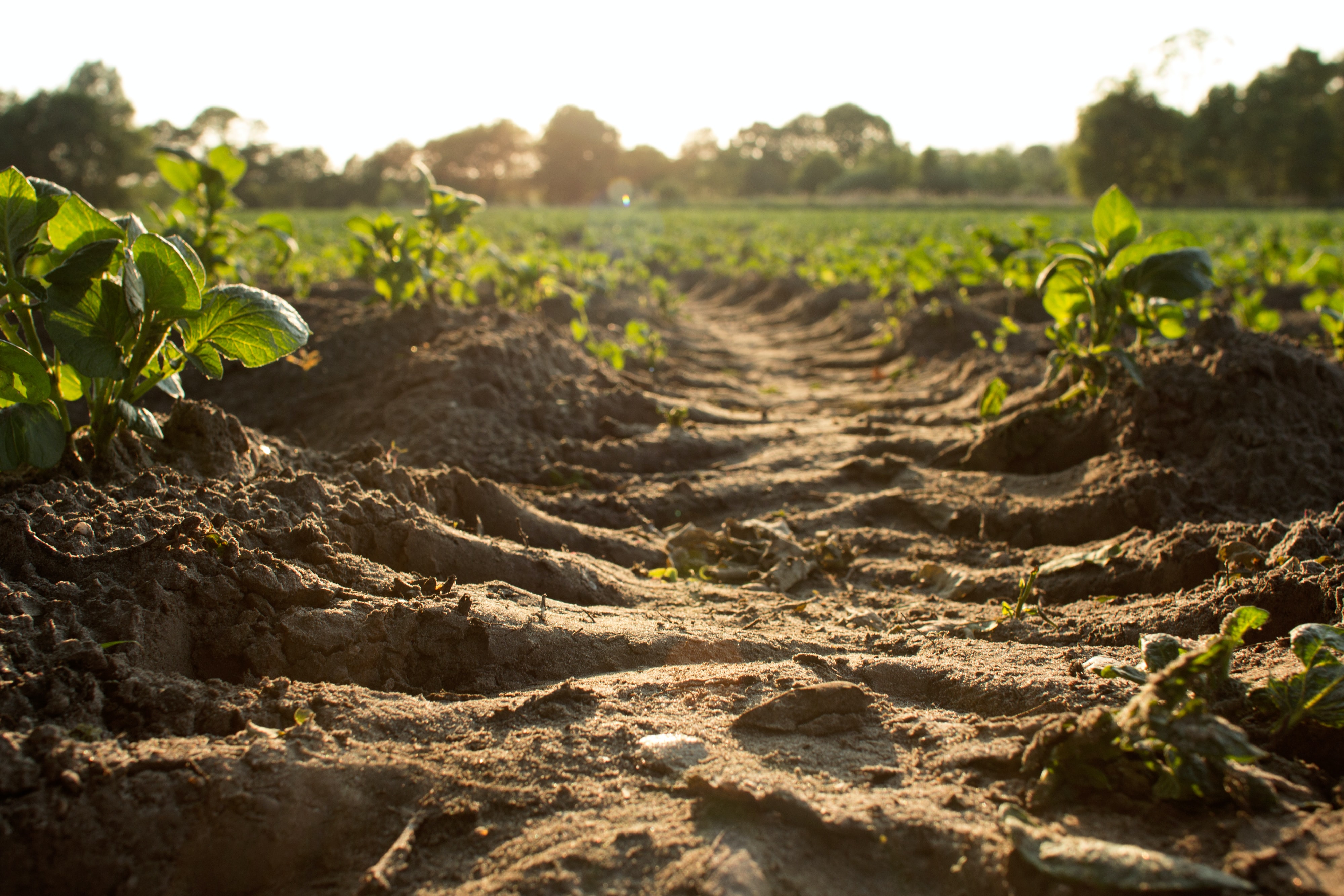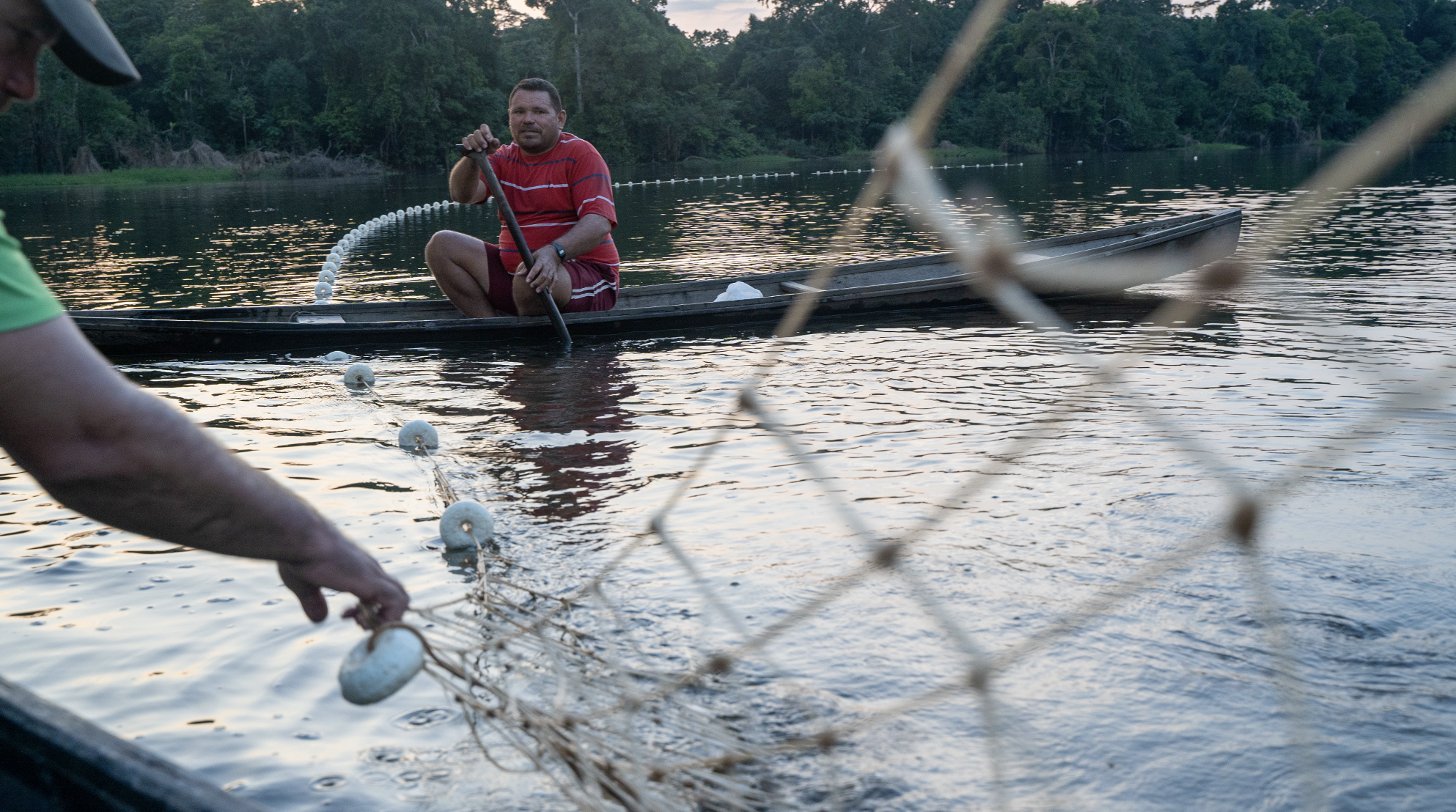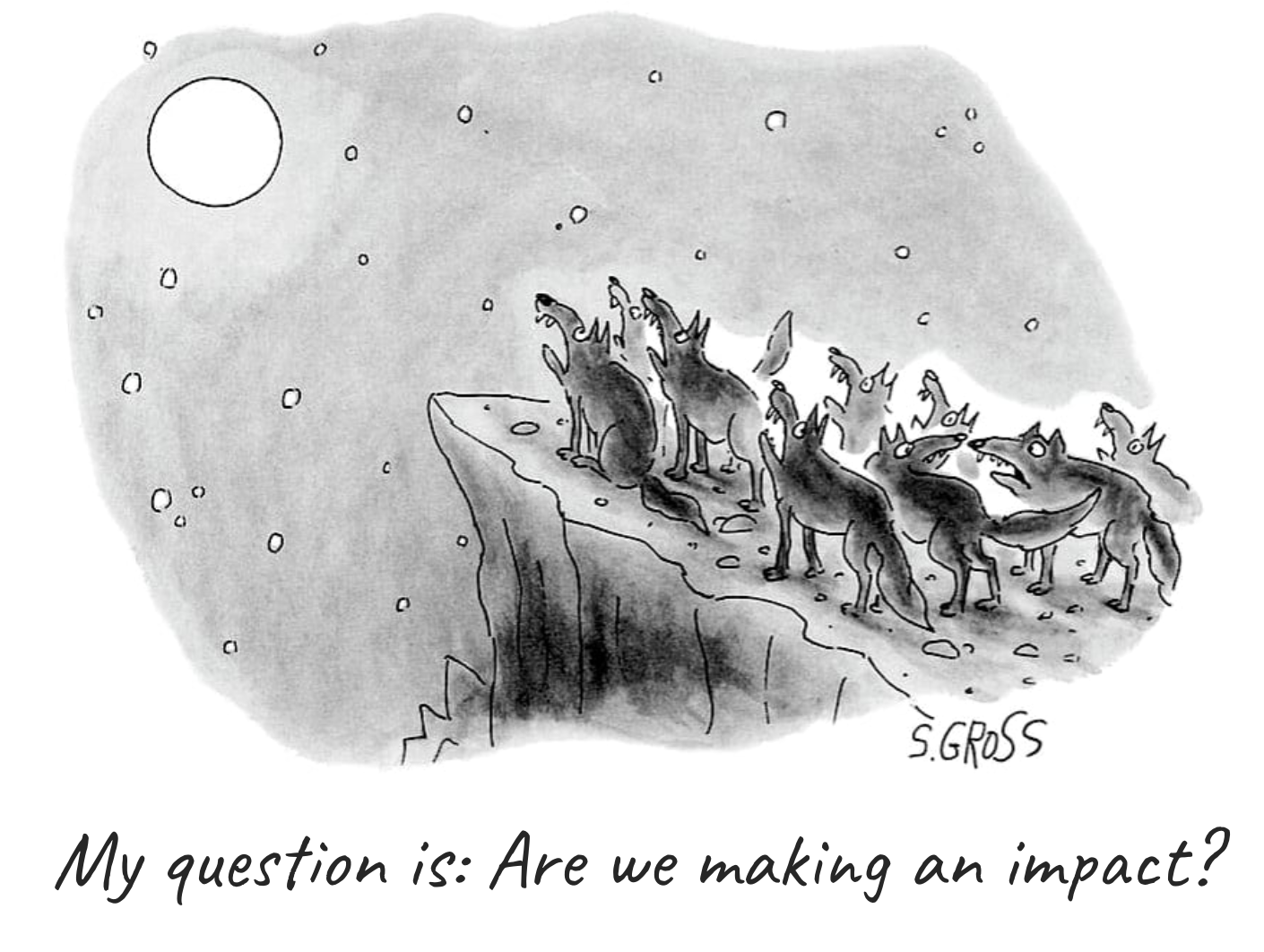From The Ground Up
For big impact in agriculture, start with the soil.


We fund a lot in agriculture, from stalwarts like One Acre Fund to emerging stars like Kheyti. These organizations provide one or a combination of key services to boost smallholders’ yields and incomes – advisory, inputs, finance, and access to markets. While this classic bundle remains core to our ag organizations’ solutions, our portfolio and Fellows are flagging the need to ground ourselves and get back to the most basic of inputs– the soil.
The concept is simple: Healthy soil, healthy yields - today and into the future.
For example, look at these two neighboring one-acre farmers’ soil.

If they have the same inputs, finance and advice – which one do you think will produce more maize at the end of the season?
Exactly.
Now I’m no agronomist, but the basic premise is that soil teaming with healthy micro-organisms and nutrients leads to higher yields. Healthy soils also retain more water (increasingly important for drought-prone areas) and store more carbon in the ground. No wonder we’re seeing soil-focused ideas pop up on both the livelihood and conservation side…it really is a win-win-win.
There are some simple ways farmers can improve their soil health. They can:
- Plant a range of crops via intercropping, cover crops, and crop rotation to keep the soil covered while adding a diversity of nutrients back to the soil
- Use organic fertilizers (vs chemical fertilizer, which can deplete the soil over time)
- Reduce land tillage via low/no-till planting methods to protect soil structure and avoid erosion
These natural methods to restore and replenish soil form the basis of the regenerative agriculture movement, and we’ve started to see them infiltrate the classic bundle of tips and tools for African smallholders.
WARC, a new Mulago portfolio addition, has set out to replicate the success of Argentina’s no-till agricultural movement in West Africa. They aim to preserve farmers’ soil quality for future harvests while making smallholders part of the climate solution. Efficient no-till planting requires specific equipment, so they’ve developed a solution to provide this planting service to farmers (along with other bundled inputs and advisory) to make it easy to adopt. But they also know that farmers need to make more money for this method to really catch on, so they buy, dry, and on-sell the harvest primarily to animal feed producers to ensure bigger and more consistent incomes for their farmers.
So profitable no-till farming for smallholders seems probable (we’re betting on it!), but what about some of those other regenerative practices? You’d think that if you remove the use of chemical fertilizer in favor of practices like intercropping or organic fertilizer, you’d hurt farmers’ profit potential today. Don’t be so sure - some initial data from COMACO makes a persuasive case that we can have our maize and eat it too.
COMACO shares some similarities to WARC. They train Zambian smallholders in regenerative ag practices, buy their crop, and sell it as value-added products (like peanut butter) under their It’s Wild brand to get profits back to farmers and incentivize them to conserve the local habitat. Core to their approach is the elimination of expensive chemical fertilizers in favor of the regenerative practices we talked about earlier: organic compost, minimum tillage, crop rotation, and intercropping (specifically with Gliricidia sepium trees, which naturally add nitrogen to the soil and deter pests – very cool!). While the sample size was modest, initial results from their 2017-2019 study with two external partners make a compelling case that this approach has potential for environmental and farmer-level impact, specifically:
- COMACO farmers intercropping with Gliricidia sepium trees saw a 17% increase in soil organic carbon compared to those that didn’t intercrop and used chemical fertilizer. This organic carbon is key to healthy soil – it promotes soil structure, water retention, and nutrient cycling – and it’s better in the ground than in the atmosphere.
- COMACO farmers practicing these conservation agriculture techniques saw a 50% increase in profits over farmers using chemical fertilizer. This is mainly due to the effect of input costs on farmer profits: COMACO farmers’ yields averaged about 15% lower than farmers using chemical fertilizer, but their input costs were only a third of those comparison farmers (remember – fertilizer is expensive!).
These early findings are exciting - better soil, bigger profits, more carbon sequestered - and the big players are increasingly investing in it. Giants like One Acre Fund have reformulated their long-term vision to include farmers cultivating healthy soils and promoted similar approaches (organic fertilizer, intercropping, etc.). They've also invested in new studies to increase effectiveness and adoption of soil-friendly farming practices. It’s an exciting development in the smallholder ag sector and we bet we’ll see a lot more of it.
Impact in your inbox
The best stuff we run into, straight to your inbox. Zero spam, promise. To see past issues, click here.





